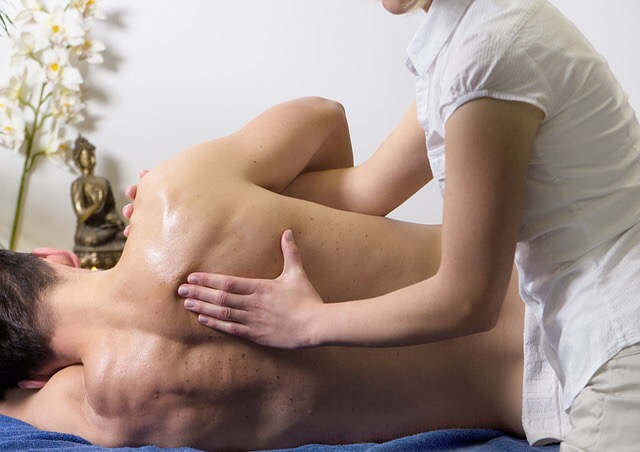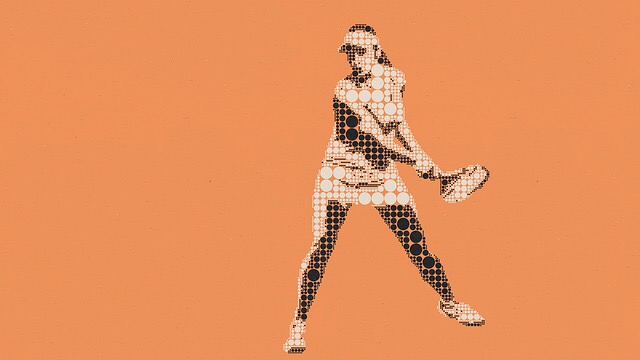Posts Tagged ‘chiropractor ramsey’
Working Your Pelvic Floor for Core Stability
The Pelvic Floor is an important core muscle
The pelvic floor is mainly known for its importance in continence, sexual activity and pregnancy. And while we value all of these things, the pelvic floor is a muscle that should be leveraged 24/7. This layer of muscles, which spans the base of the pelvis and support the pelvic organs, also has important applications in spinal health. As an integral member of the core stabilizing muscles, the pelvic floor works with the deep abdominal, back muscles and the diaphragm to form the main network of support for your spine. Pelvic floor muscles naturally start to weaken around age 40, and letting them fall by the wayside can have serious ramifications for your spine and overall wellbeing.
The Little Known Psoas Muscle’s Role in Lower Back Pain
What is the psoas?
It is one of the three most important muscles that connect the spine to the lower body. Along with the gluteus maximus and the piriformis, the psoas forms the vital intersection in the middle of our body that allows for articulation, coordination and communication between disparate parts of the body. The psoas in particular is a medium-sized muscle that attaches the lumbar vertebrae to the femur. Along the way, it passes across the outside of the pubis and connects with the iliacus muscle to form the iliopsoas.
Myofascial Release is Feel Good Therapy
Are your muscles chronically contracted?
Such systemic tension in our musculoskeletal system has myriad ramifications in the present and a ripple effect that will be felt long in the future. That is why we make alleviating such tension a top priority at our office in Ramsey. When you think about it, almost every facet of the modern lifestyle is geared toward creating muscle tension:
- Commuting, working
- Sitting incessantly
- Sedentary forms of entertainment
- Poor diets and a lack of exercise
This tension is accumulating constantly and pulling your body out of alignment. The best thing you can do to avoid tension on a daily basis is to stretch and exercise regularly. But sometimes your body needs a little more- an extra layer of attention that focuses specifically on the root causes of systemic muscle tightness. All this tension calls for myofascial release!
Yoga For Compression-related Back Pain
You can’t escape the compression
From the day we are born, gravity begins working on our spines. Growing up, our young spines are mobile and generally resilient against the downward force of gravity. But as we grow older, this compression effect begins to show its ugly head. Here is the recipe that leads to compression-type back pain:
- Our spines are finite- they weaken with age
- Our weight is naturally more than when we were young, increasing the burden on intervertebral discs
- We are less active in comparison, and we generally sit a lot more, which increases the compressive force of gravity as compared to standing or lying down.
- Many of us sit with poor posture which further increases the pressure.
- There are many other intangible factors which go into this recipe.
The collective effect is an over compression which causes generalized back pain, especially in the lower back, as well as more aggressive conditions including herniated discs, sciatica and degnerative disc disease. The good news is that yoga can help you mitigate all these factors!
Are You Training Your Core the Right Way?
Understanding your core
The core is your spine’s best ally in the fight against back pain and it is unfortunate that so few of us realize its true importance. The core is a network of muscle groups that extends to incorporate everything except your arms and legs; it is implicated in every movement you make. But so many people who begin to develop their core do so with questionable motives, which means that they forego a lot of the potential of these muscle groups in supporting the spine. Family Chiropractic & Spinal Health Care Center, we are standing by to help people understand their core better, including how to use it in the fight against back pain!
Stop Leaving Work With a Sore Neck
Neck pain is ingrained
We already know that the office is one of the most brutal settings for the spine. But now we are able to take the office, and the bad habits that come with it, on the go! You already spend enough time sitting at your desk with your head craned forward, creating excess downward pressure and problems for your spine. If you then repeat this poor habit while using your cell phone, or watching television at night, your spine can barely get a rest! And forward head posture can be felt most accutely in the neck, as the soft tissues are strained in order to support the weight of the head in its new, forward position.
Harnessing the Power of Posture
Postural deficiencies are on the rise
Poor posture is the norm. As more and more jobs are transitioned into office scenarios, more people are spending the working day seated. Many of those people will then spend their post-work hours seated as well, creating a sedentary lifestyle that is devastating for our bodies. Posture is the outward manifestation of this problem- you only need look at someone to see if their posture is suffering. The signs may be slight- or we may be so accustomed to them that we take them as the norm. Things like a belly stuck out, a head stuck forward, or rounded shoulders, are signs that our posture is not up to scratch. So how do we take back the power over our posture? Through awareness and proactivity.
This Spring, Golf Under Par with Chiropractic
Golf is the ultimate test of coordination
Golf is unlike any other sport in terms of mental control and discipline. It is less credited, however, for the physical challenges that it presents. Sure it is low-impact, but our bodies are also being asked to perform a completely unique movement that requires an intense amount of integration between disparate moving parts. It requires fine-tuned coordination between the central nervous and musculoskeletal systems, also known as motor control.
Keep Calm and Play Tennis Better with Chiropractic
The role of tennis in spinal health
Tennis provides a full-body boon; in terms of spinal health, there is a net-positive benefit and it is our job as an office of chiropractic to keep it that way! At Family Chiropractic & Spinal Health Care Center, our goal is to strengthen your spine against the unique challenges that tennis presents, so that you can maintain a high level of performance on the court while preventing injuries inherent in the nature of the sport.
Detecting Spinal Misalignment Before it Causes Problems
The complexity of your spine explained
Your spine consists of bones called the vertebrae, forming a set of curves called the column that houses the spinal canal. This cavity protects the spinal cord, a bundle of nerve fibers which connect almost every part of your body with your brain, forming the central nervous system. Between each vertebrae is an intervertebral disc that provides for shock absorption and articulation between the bones, as well as ligaments which provide an additional layer of strength and support. Each spinal motion segment (adjacent vertebrae, disc and ligaments), is responsible for healthy articulation of the spine. With so many interdependent parts, your spine regularly moves in and out of alignment.


